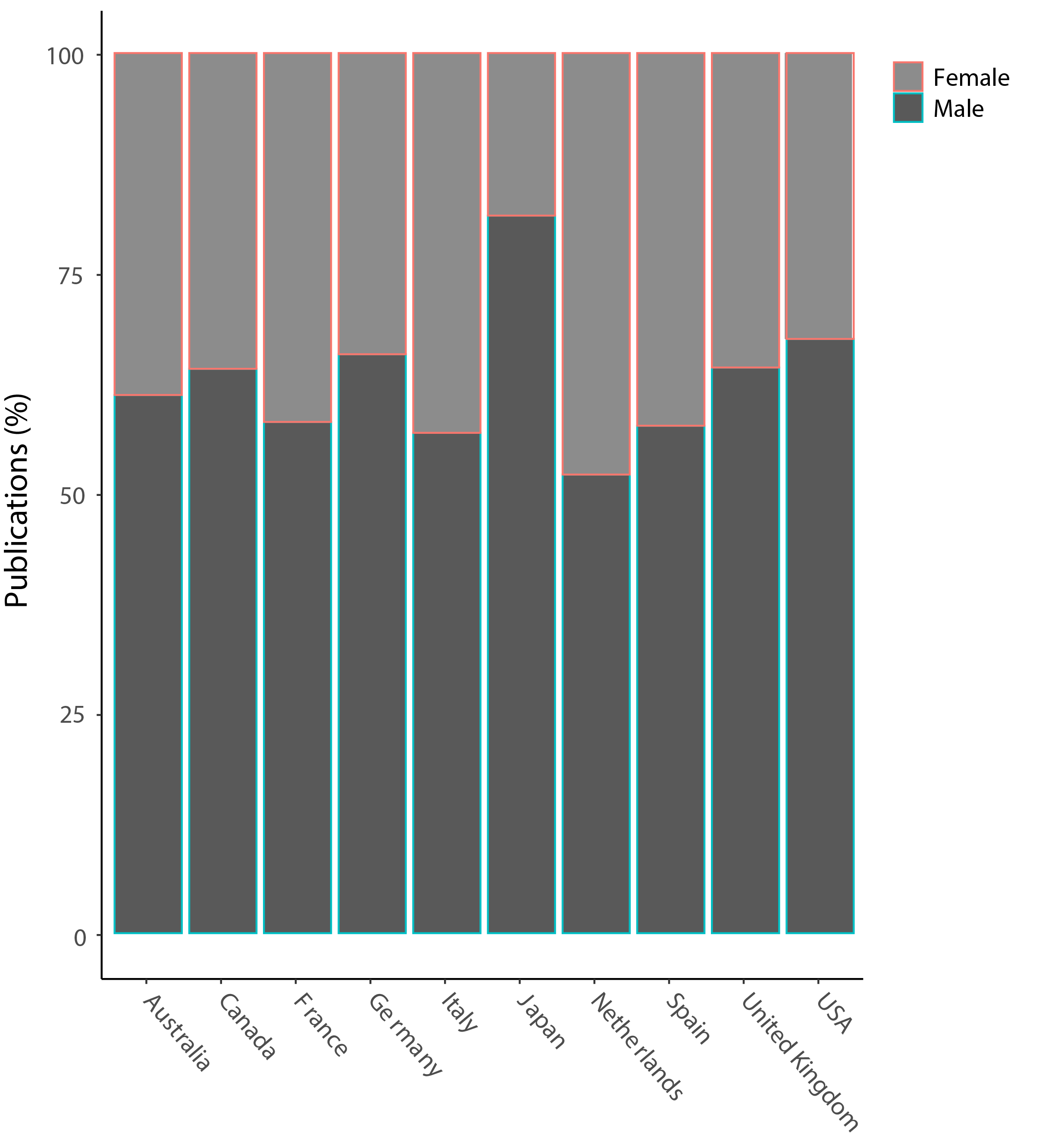Gender disparities in transplantation research
Stan Benjamens1,2, Louise B.D. Banning1, Tamar A.J. van den Berg1, Robert A. Pol1.
1Division of Transplantation Surgery, Department of Surgery, University Medical Center Groningen, Groningen, Netherlands; 2Medical Imaging Center, University Medical Center Groningen, Groningen, Netherlands
Introduction: During the past decades, there has been a rapid change in the gender ratio of medical doctors, while gender differences in academia remain apparent. In transplantation research, a field already understaffed with women, there is little published data on the development in proportion, citations and funding of female researchers over the past years.
Materials and Methods: To evaluate the academic impact of women in transplantation research, we conducted a bibliometric analysis (01-01-1999 until 31-12-2018) of high-impact scientific publications, subsequent citations and funding in this field. Web of Science data was used in combination with software R-Package “Gender”, to predict gender by first names. A total of 15.498 publications were included, resulting in 39.413 authors’ gender matches.
Results: Overall, 14.161 (35.9%) authors were female and 25.252 (64.1%) male. Globally, an increase in the percentage of female authors is seen since 1999, with a plateau starting in 2012. Female authors received significantly less citations compared to their male colleagues, with median 14 (95% CI 1 – 72) and median 15 (95% CI 1 – 84, p < 0.001) citations per single publication respectively. Differences were most apparent in high-impact publications (>200 citations), with 73.5% male and 26.5% female authors. A total of 6.574 (42.4%) publications reported external funding. From these publications, 2.732 (41.6%) had female and 3.842 (58.4%) had male first authors (p < 0.001). When comparing the 10 countries with the most publications, clear differences in percentages of female authors were seen, with a nearly equal contribution of female and male authors in the Netherlands (47.9% and 52.1%, respectively) and an unequal distribution in Japan (18.5% and 81.5%, respectively) (Figure 1).

Conclusion: This study shows differences between male and female authors in citation rates and rewarded funding in transplantation research. Female authors remain underrepresented, with large differences in gender ratios between countries. This requires an active approach to eliminate potential gender bias in research reporting and funding rewarding.